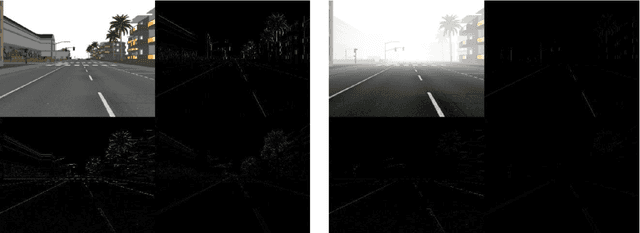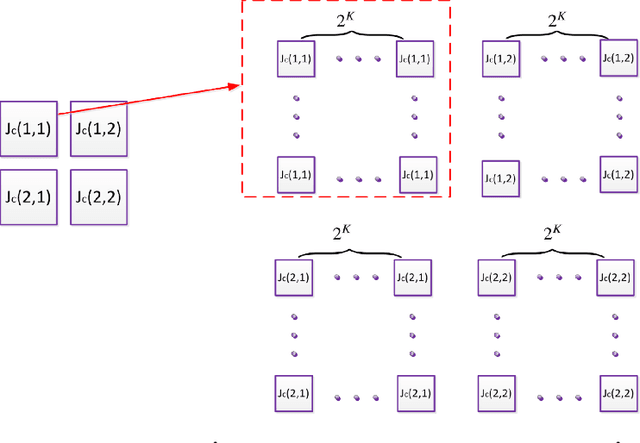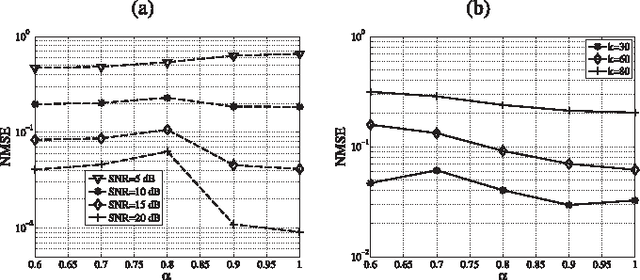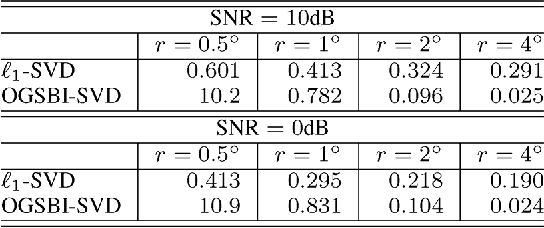Cishen Zhang
Fast Single Image Dehazing via Multilevel Wavelet Transform based Optimization
Apr 18, 2019



Abstract:The quality of images captured in outdoor environments can be affected by poor weather conditions such as fog, dust, and atmospheric scattering of other particles. This problem can bring extra challenges to high-level computer vision tasks like image segmentation and object detection. However, previous studies on image dehazing suffer from a huge computational workload and corruption of the original image, such as over-saturation and halos. In this paper, we present a novel image dehazing approach based on the optical model for haze images and regularized optimization. Specifically, we convert the non-convex, bilinear problem concerning the unknown haze-free image and light transmission distribution to a convex, linear optimization problem by estimating the atmosphere light constant. Our method is further accelerated by introducing a multilevel Haar wavelet transform. The optimization, instead, is applied to the low frequency sub-band decomposition of the original image. This dimension reduction significantly improves the processing speed of our method and exhibits the potential for real-time applications. Experimental results show that our approach outperforms state-of-the-art dehazing algorithms in terms of both image reconstruction quality and computational efficiency. For implementation details, source code can be publicly accessed via http://github.com/JiaxiHe/Image-and-Video-Dehazing.
Iterative Bayesian Reconstruction of Non-IID Block-Sparse Signals
Dec 07, 2014



Abstract:This paper presents a novel Block Iterative Bayesian Algorithm (Block-IBA) for reconstructing block-sparse signals with unknown block structures. Unlike the existing algorithms for block sparse signal recovery which assume the cluster structure of the nonzero elements of the unknown signal to be independent and identically distributed (i.i.d.), we use a more realistic Bernoulli-Gaussian hidden Markov model (BGHMM) to characterize the non-i.i.d. block-sparse signals commonly encountered in practice. The Block-IBA iteratively estimates the amplitudes and positions of the block-sparse signal using the steepest-ascent based Expectation-Maximization (EM), and optimally selects the nonzero elements of the block-sparse signal by adaptive thresholding. The global convergence of Block-IBA is analyzed and proved, and the effectiveness of Block-IBA is demonstrated by numerical experiments and simulations on synthetic and real-life data.
Sparse MRI for motion correction
Feb 01, 2013
Abstract:MR image sparsity/compressibility has been widely exploited for imaging acceleration with the development of compressed sensing. A sparsity-based approach to rigid-body motion correction is presented for the first time in this paper. A motion is sought after such that the compensated MR image is maximally sparse/compressible among the infinite candidates. Iterative algorithms are proposed that jointly estimate the motion and the image content. The proposed method has a lot of merits, such as no need of additional data and loose requirement for the sampling sequence. Promising results are presented to demonstrate its performance.
Off-grid Direction of Arrival Estimation Using Sparse Bayesian Inference
Sep 17, 2012



Abstract:Direction of arrival (DOA) estimation is a classical problem in signal processing with many practical applications. Its research has recently been advanced owing to the development of methods based on sparse signal reconstruction. While these methods have shown advantages over conventional ones, there are still difficulties in practical situations where true DOAs are not on the discretized sampling grid. To deal with such an off-grid DOA estimation problem, this paper studies an off-grid model that takes into account effects of the off-grid DOAs and has a smaller modeling error. An iterative algorithm is developed based on the off-grid model from a Bayesian perspective while joint sparsity among different snapshots is exploited by assuming a Laplace prior for signals at all snapshots. The new approach applies to both single snapshot and multi-snapshot cases. Numerical simulations show that the proposed algorithm has improved accuracy in terms of mean squared estimation error. The algorithm can maintain high estimation accuracy even under a very coarse sampling grid.
 Add to Chrome
Add to Chrome Add to Firefox
Add to Firefox Add to Edge
Add to Edge